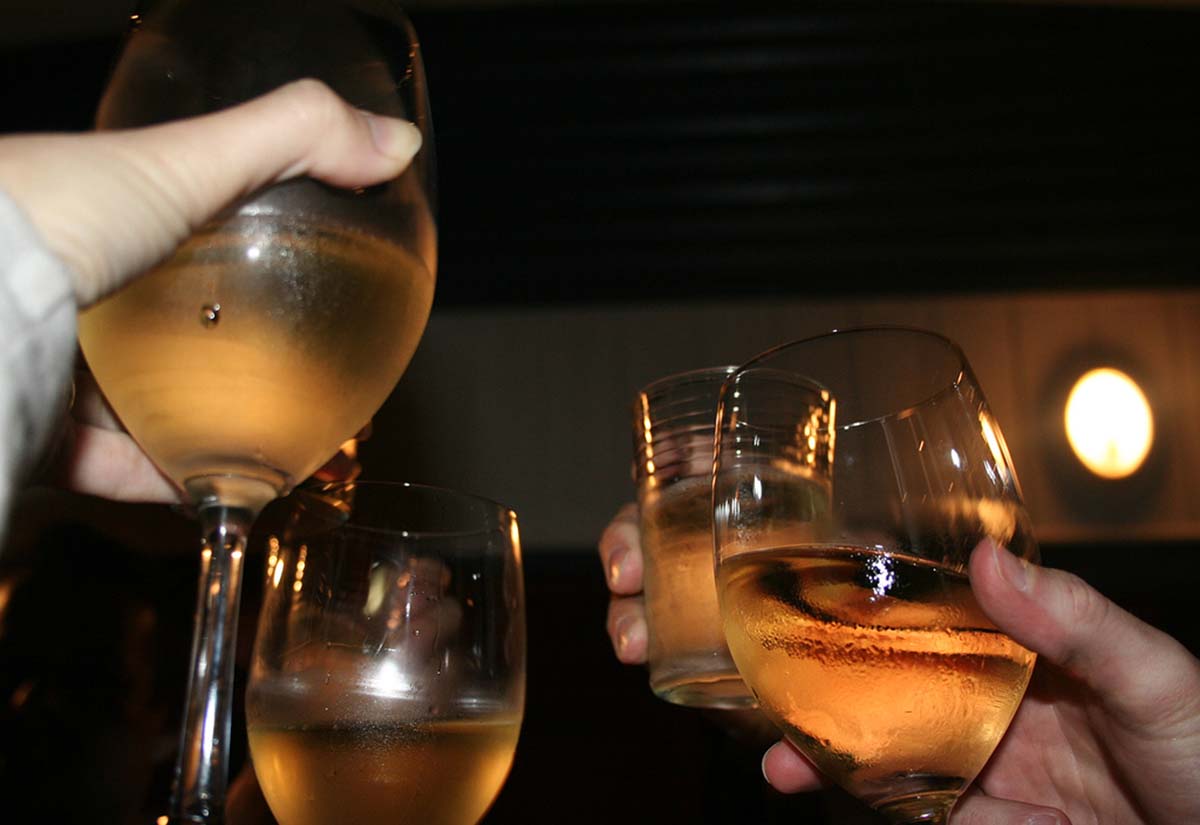Table of Contents
Lower-alcohol options for health-conscious drinkers tend to be expensive, hard to find, and not exactly the thing you might want to serve the guys (or the girls) who come over to play cards or watch a game on television. However, there are some brands that are generally available in the United States that support responsible drinking without sacrificing taste.

- If you are someone who likes to have more than a few beers every night, a low-calorie, low-alcohol option is a better way to go. Bud Select 55, available all over the United States, contains just 55 calories per can, with very little carbohydrate (just 1.9 grams), and only 2.4 percent alcohol by volume. Also low in calories, carbohydrate, and alcohol is Miller 64 which offers 64 calories per serving, the extra calories coming from carbohydrate, and 2.8 percent alcohol by volume. Beck's Premier Light is nearly as low in alcohol, and Amstel Light is among the least expensive of the lower-alcohol beers.
- If you are trying to cut back on beer, it is probably a good idea to avoid Michelob Ultra. This product is not low in alcohol, but it is available in a variety of flavors, such as peach, dragon fruit, and lime. Appetite is stimulated by variety, and the more flavors there are to try, the more of the beer most people will want to drink.
- Low-alcohol wines are making a comeback in the United States, after declining in popularity since the 1990's. If you would like an interesting accompaniment to a meal with no alcohol at all, try a verjuice, made from green grapes. If you'd like a good wine with some alcohol, try varieties made from grapes grown in relatively cold climates (where the grape makes less sugar) such as Germany, the champagne areas of France, or upstate New York.
- Vodka is the lowest in calories (but not alcohol content) of all the commonly consumed hard liquors. It has absolutely no nutritional value, but it is not, relatively speaking, "fattening." Many social drinkers find that is easier to pace themselves when they drink vodka because it is boring, there is little variation in taste unless it is added to the drink.
- Whiskey has interesting flavors that stimulate consumption. The more exotic the flavor notes, generally the more you want to drink. If you are trying to cut back on drinking, choose beverages other than whiskey.
See Also: Wine Not? The Health Benefits And Dangers Of Your Wine Drinking Habit
It is important to understand that when it comes to alcoholic beverages, "healthy" is only a relative term. The body treats alcohol as a toxin. No health authority recommends that women consume more than one drink a day, or that men consume more than two. Even alcoholic beverages with proven health benefits, such as red wine, are harmful if consumed in excess, and some people should not consume alcohol at all. However, if you are looking to minimize the damage done by drinking, healthier beverages offer taste and variety with lower risk of inebriation and organ damage. Always drink responsibly.
- Kasper LR. The lowdown on low-alcohol wines. Splendid Table. http://www.splendidtable.org/story/the-lowdown-on-low-alcohol-wines. Accessed 18 February 2015.
- Robinson R. The Nine Healthiest Alcoholic Drinks. Gizmodo.http://gizmodo.com/5925820/the-nine-healthiest-alcoholic-drinks. Accessed 18 February 2015.
- Mind map by SteadyHealth.com
- Photo courtesy of Melalouise via Flickr: www.flickr.com/photos/melalouise/341692249


Your thoughts on this